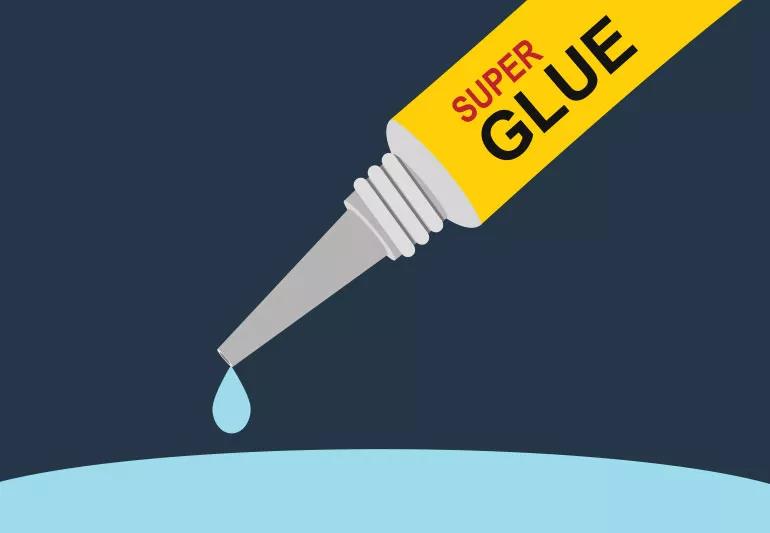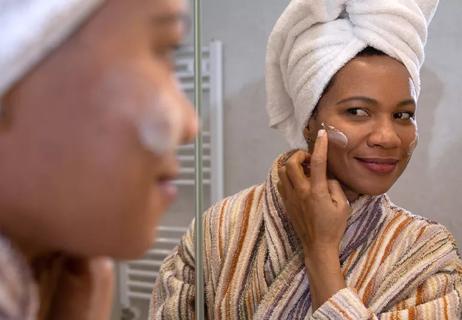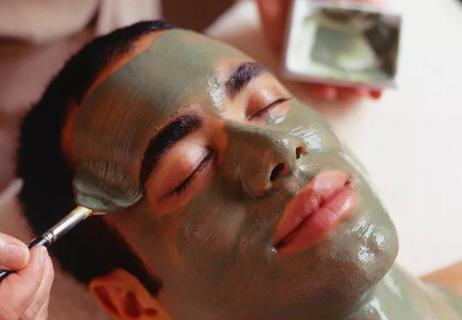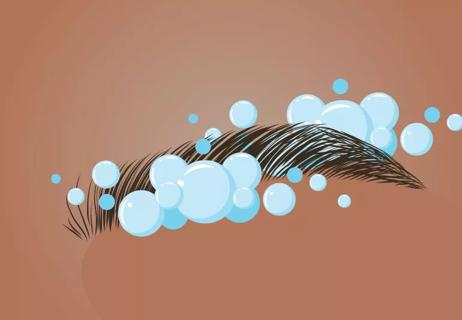Get unstuck with a few home remedies

Super glue can fix almost anything — but it’s not so useful when you glue your fingers together.
Advertisement
Cleveland Clinic is a non-profit academic medical center. Advertising on our site helps support our mission. We do not endorse non-Cleveland Clinic products or services. Policy
The powerful adhesive cyanoacrylate, found in super glue and similar products, doesn’t let go easily. But dermatologist John Anthony, MD, explains how to get super glue off your skin safely.
If your fingers are glued together, or your skin is glued to something else, don’t panic. You can usually get the glue off with one of these steps.
Advertisement
When it comes to removing super glue from your skin, patience is key. “Don’t try to pull the skin off forcefully or pick at it,” Dr. Anthony says. “You could injure the skin and end up with a painful blister. And don’t use sharp objects like razors, nails or knives.”
If you do break the skin when trying to remove super glue:
And finally, don’t use scrubs, pumice stones or other harsh abrasives to remove super glue. “These items can irritate and damage the skin, and the other methods work better,” Dr. Anthony says.
“Getting a small amount of super glue on the skin isn’t harmful to most people,” says Dr. Anthony. “But a few people are allergic to it. It can cause a skin reaction called contact dermatitis. The reaction shows up a few days after the exposure and looks like a poison ivy rash.”
And if you swallow super glue or get it on your face, don’t take any chances. “Super glue in or near your eyes, nose or mouth is a medical emergency,” Dr. Anthony says. “Contact a poison control center or go to the emergency room.”
If super glue doesn’t come off with soap, oils or acetone, and it’s not bothering you, wait a few days. As the skin sloughs off naturally, the glue will come off, too.
Super glue is powerful, so use it with care. Treat it like any household chemical and keep it out of reach of children.
Advertisement
Learn more about our editorial process.
Advertisement

Pantothenol is a powerful moisturizer and can help repair damaged skin and hair

This alternative to retinol may be easier on sensitive skin

Day creams should protect your skin, night creams should soothe and repair it

Pure cocoa butter can help keep your skin supple, with a subtly delicious scent

Focus on the philosophy — replenishing and respecting your skin — not necessarily the steps

Lie back and relax as a skin specialist cleanses, exfoliates and hydrates your skin

The powerhouse oil fights fine lines and wrinkles, soothes sunburn and a whole lot more

From icing to taping, experts chime in on what’s worth trying and what’s better off skipping

Type 2 diabetes isn’t inevitable with these dietary changes

Applying a hot or cold compress can help with pain